Somatic Therapy
Photo by Jana Sabeth on Unsplash
My introduction to somatic therapy was through my own personal self-discovery. I was in grad school and ready to take the leap into therapy (as an adult). I started meeting with therapists and quickly realized that I could intellectualized for days about my problems. I was the “perfect” client. I was able to tell the therapist what I thought she wanted to hear, and yet I was getting nowhere in my own self-growth.
And then I found a Hakomi therapist. As mentioned on the Hakomi Institute website: Hakomi is a body-centered, somatic psychotherapy. The body serves as a resource that reflects and stores formative memories and the core beliefs they have generated, and also provides significant access routes to core material. Our core material is comprised of our memories, beliefs, default strategies, practiced neural patterns, and emotional organizations. This method helped me calm my intellect and connect with the knowledge being communicated from my body and emotions. I went deep…fast. And that is when I knew, this is where the healing happens.
“I was the “perfect” client. I was able to tell the therapist what I thought she wanted to hear, and yet I was getting nowhere in my own self-growth.”
Somatic therapy shows us that our bodies have knowledge that is just as valid as that of our rational and logical brain. It requires us to learn the language our body speaks. This language is based in kinetic energy and movement and not based in words. Somatic therapy helps us understand the language the body speaks, so we can offer support and healing to it when it feels threatened.
Photo by Callum Skelton on Unsplash
The body will feel threatened when present day experiences reflect those from our past (also known as triggers). The body recognizes the feeling or sensation and sends signals to the brain to alert to the threat. Our amygdala then responds, and we go into a state of survival: flight, fight, freeze (or fawn/appease). Somatic therapy offers us the opportunity to interrupt these fear responses by learning how to tend to the needs of the body in that moment. If I’m feeling fear, I need to connect with my body and tend to the fear. Intellectualizing about the fear is actually going to often create conflict. Our intellect often says: “Why are you feeling this way?” “Stop freaking out,” “Why are you acting so weak?” Or any other critical or judgmental statement we can concoct. This only creates a conflict between what the body is experiencing and what the brain is logically interpreting. In order to interrupt this conflict, we must tend to the needs of the body. What is the feeling? How can I respond to that? The fear may not make logical sense. I may not understand why I’m feeling what I’m feeling. But in order to engage in a fundamentally supportive way, we must realize that it is more important to notice what the feeling is than analyzing why it is occurring.
For example, if we feel fear, we may feel tightness in the chest, an increased heart-rate, rapid breathing, a constricted throat, numbing in the limbs. If we can identify what the feeling is, then we can start to experiment with what that feeling may need. Fear may need an embrace, a strict talking to, a distraction…when we start to learn how to tend to these needs we can communicate to our body—and mind—that our present-day experiences may not actually be a threat to us. And this is how we start to integrate and heal the trauma in our past. We show it that it is no longer relevant.
Interested in this type of therapy?
- Search for somatic therapists on psychologytoday.com. Read their bios. Google the terms you don’t understand or know.
- Schedule an initial consult with a somatic therapist and learn more about the process and the way they use it in session
- Start to connect with your feelings. And with this, I’m not encouraging you to let your feelings take you over. I’m inviting you to get to know what your feelings are, so you can get to know them a bit better.
- What are your common feelings? What do you resort to? Anger? Sadness? Guilt? Could you be possibly lumping other emotions into these general buckets? Play around with a thesaurus and start to expand your vocabulary when it comes to feelings.
- Feelings are our bridge from the intellect to our body. We can feel an emotion, and we can intellectually understand an emotion. So start to name the emotion in the moment. If it’s happy, how do you know? What do your thoughts say about happy. How does your body feel happy? When we do this, we can start to integrate our mind, body, and emotions and feel more grounded in our day to day.
Photo by Mathieu Stern on Unsplash
Even though I just gave you a robust list of places to start, there is no “how to” when it comes to this stuff. There is only discovery. But you can support your mental health voyage by believing in your courage to try, finding a supportive guide/therapist, and being willing to risk letting go of parts of you that no longer have a purpose. Please post any questions you have. If we don’t know the answer, we’ll be sure to send you some resources!



